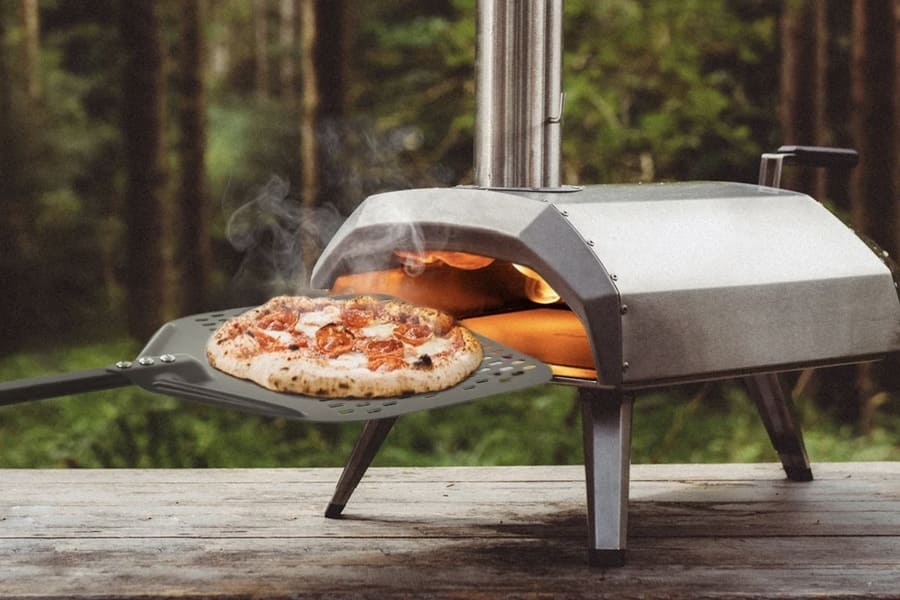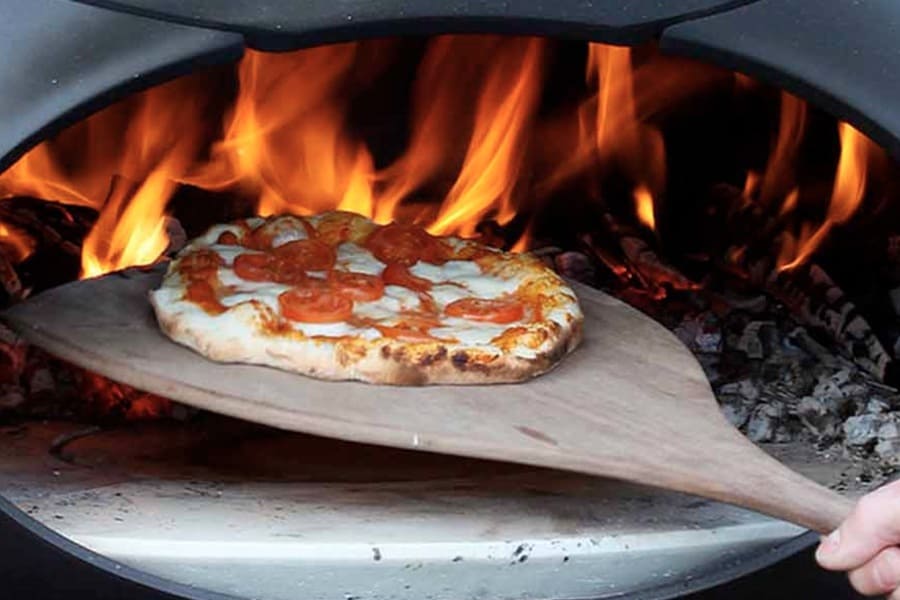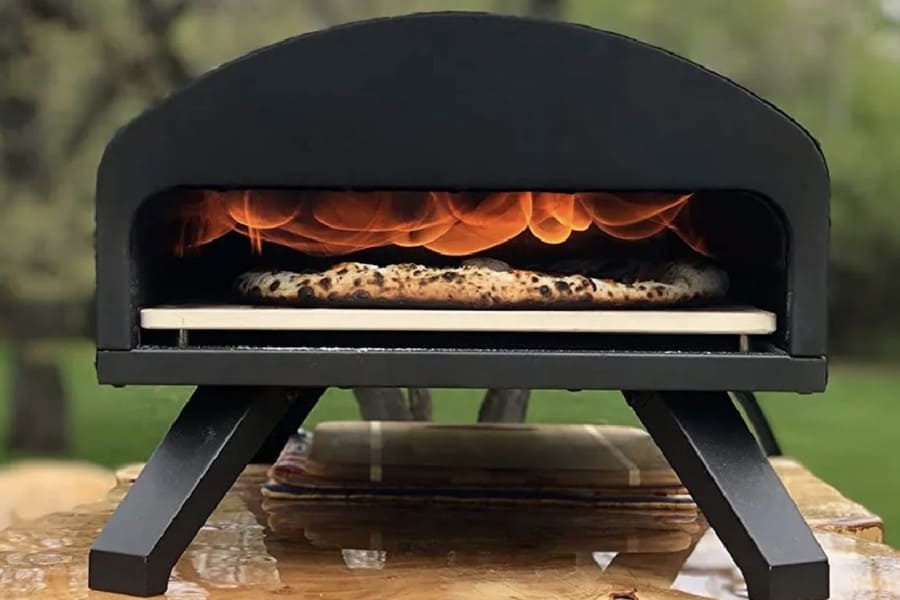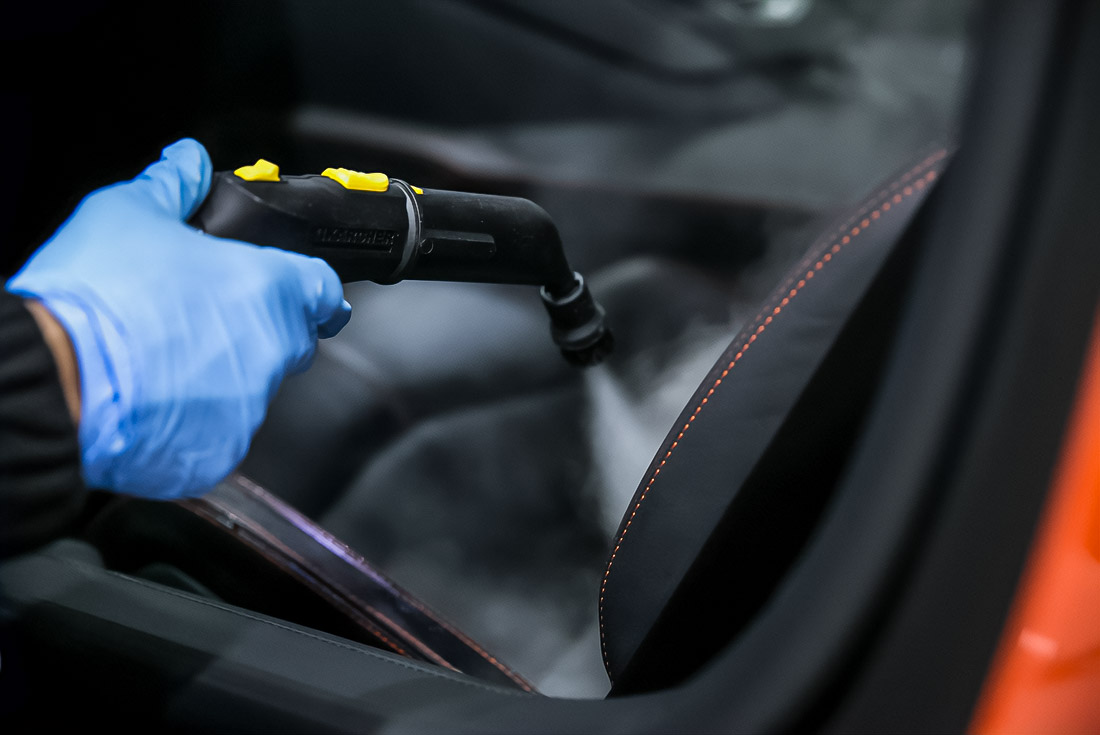Choosing the right pizza oven is a crucial decision for anyone in the pizza-making business or for home chefs who take their pizza seriously. In today’s market, selecting the perfect pizza oven can be overwhelming due to the vast range of options. The abundance of manufacturers, various connection methods, and operating technologies can make the decision challenging. Retailers like Kitchen Warehouse offer an extensive selection of pizza ovens, making it easier to explore the different types available. Among the many types of pizza ovens — wood, gas, electric, convection, conveyor, hearth, and more — the debate often centers on the two most popular choices: gas and wood-fired pizza ovens.
Each type of oven has its own set of benefits and drawbacks, and the decision ultimately comes down to the user’s cooking style, preferences, and the type of pizza experience they wish to create. So, let’s explore the pros and cons of gas and wood-fired pizza ovens to help you make an informed choice.
Advantages of Wood-Fired Pizza Ovens
Wood-fired pizza ovens have a long-standing tradition, dating back centuries, and remain a symbol of authentic pizza making. These ovens, typically constructed from brick, stone, or clay, provide not only a superior cooking experience but also an aesthetic that enhances the overall ambiance of pizza making. Here’s why wood-fired ovens are still favored by many pizza enthusiasts:
1. Unique Smoky Flavor and Perfect Crust
The most notable advantage of wood-fired pizza ovens is the unique smoky flavor they impart to the pizza. The flavor comes from the natural burning of wood, which produces subtle smoky aromas that penetrate the dough and toppings. The high heat generated in a wood-fired oven also creates a perfectly charred, crispy crust, giving the pizza a delightful texture. The intense heat ensures a faster cooking time, which caramelizes the toppings while keeping the inside soft and chewy.
2. Neapolitan Pizza Authenticity
For those seeking to make authentic Neapolitan pizza, a wood-fired oven is essential. The Associazione Verace Pizza Napoletana (AVPN) — the authority on Neapolitan pizza — mandates that a pizza must be cooked in a wood-fired oven at temperatures exceeding 900°F to achieve the classic Neapolitan style. In a matter of 60-90 seconds, the high heat of the wood fire chars the outer crust while leaving the inside soft and airy. This quick cooking process creates the signature look and taste of Neapolitan pizza, which is difficult to replicate with other ovens.
3. The Maillard Reaction: Flavor Science
The Maillard reaction, a chemical process that occurs between amino acids and sugars at high temperatures, gives wood-fired pizzas their signature flavor. This reaction is accelerated by the intense heat of the wood fire, creating complex flavor compounds that give the pizza a unique and robust taste. The higher the temperature, the quicker the reaction occurs, resulting in the distinct crispy crust and flavorful toppings that are characteristic of wood-fired pizzas.
4. Heat Retention and Consistency
Wood-fired ovens are often built from dense materials like refractory brick or stone, which retain heat for extended periods. Once the oven reaches the desired temperature, it can maintain high heat for hours, making it ideal for restaurants or home chefs who plan to cook multiple pizzas in succession. This heat retention ensures consistent results, producing perfectly cooked pizzas without the need for constant adjustments.
5. Rustic Charm and Ambiance
A wood-fired oven does more than just cook pizza — it creates an atmosphere. The flickering flames, crackling wood, and the aroma of burning wood provide a multisensory experience that enhances the overall enjoyment of pizza making. In a commercial setting, a wood-fired oven can serve as a focal point, creating a visually captivating experience for customers. In a home setting, it adds a rustic, cozy charm to outdoor gatherings or family meals, making pizza making as much a social activity as it is a culinary one.
6. Cultural Significance
In many cultures, especially in Italy, wood-fired ovens are a symbol of culinary excellence. The tradition of cooking with wood is deeply rooted in the history of pizza making, and many chefs consider wood-fired ovens to be the gold standard for producing the highest-quality pizzas. The skill and craftsmanship involved in operating a wood-fired oven further contribute to its appeal, making it a prized tool for pizza aficionados.

Advantages of Gas Pizza Ovens
While wood-fired ovens may have the allure of tradition, gas pizza ovens offer a modern, convenient alternative. Gas ovens have gained popularity for their ease of use, versatility, and precision. They are an excellent choice for those who value consistency and efficiency in their pizza-making process. Here’s why gas pizza ovens are favored by many:
1. Convenience and Ease of Use
One of the biggest advantages of gas pizza ovens is their convenience. Unlike wood-fired ovens, which require constant tending and a supply of firewood, gas ovens are simple to operate. With just the turn of a dial, you can ignite the gas burner and have the oven ready to use in minutes. This eliminates the need for storing and handling wood, making gas ovens a more practical option for busy restaurants or home kitchens where time and space are limited.
2. Precise Temperature Control
Gas pizza ovens allow for precise temperature control, which is crucial for achieving consistent results. Whether you’re cooking a thin-crust pizza at a high temperature or a thicker, deep-dish pizza at a lower heat, a gas oven allows you to adjust the temperature to suit your needs. This level of control ensures even cooking, which is particularly important for chefs who want to replicate the same results every time.
3. Quick Heat-Up Time
Gas ovens are known for their ability to heat up quickly. In just a few minutes, a gas pizza oven can reach temperatures upwards of 600°F, making it ideal for chefs who need to prepare pizzas in a short amount of time. This is a significant advantage for busy pizzerias or home cooks who don’t want to wait for an oven to preheat.
4. Environmentally Friendly and Cost-Effective
Compared to wood-fired ovens, gas pizza ovens are more environmentally friendly. They produce fewer emissions and don’t require the burning of wood, making them a greener option. Additionally, gas ovens are more cost-effective in the long run. While wood-fired ovens require a constant supply of wood, gas ovens run on a more affordable and readily available fuel source. This makes gas ovens a more economical choice for both home and commercial use.
5. Versatility
Gas pizza ovens are incredibly versatile and can be used for more than just pizza. Their ability to maintain consistent heat makes them suitable for baking bread, roasting vegetables, or cooking a variety of dishes. This versatility is a significant benefit for restaurants or home chefs who want an oven that can handle a range of cooking tasks.
Gas vs. Wood-Fired: What’s the Difference?
The decision between a gas and wood-fired pizza oven largely depends on personal preference and how you prioritize different aspects of pizza making. Here are some key differences to consider:
-Flavor
Wood-fired ovens impart a smoky, charred flavor that is difficult to replicate with gas ovens. If flavor is your top priority, wood-fired ovens offer a distinct taste. Gas ovens, while not offering the same smoky flavor, provide a clean, evenly cooked pizza with a balanced texture.
-Convenience
Gas ovens are much easier to operate and maintain, making them a more practical choice for those who value simplicity and ease of use. Wood-fired ovens require more effort to manage and can be more time-consuming to operate.
–Temperature Control
Gas ovens provide precise temperature control, allowing chefs to adjust heat levels with accuracy. This is ideal for those who want consistency and control over the cooking process. Wood-fired ovens, on the other hand, require more skill to maintain the right temperature.
-Cooking Time
Wood-fired ovens, due to their intense heat, cook pizzas incredibly fast — often in under 90 seconds. Gas ovens, while still fast, may take a little longer to achieve the same results.
-Cost and Environmental Impact
Gas ovens tend to be more affordable to operate and have a lower environmental impact compared to wood-fired ovens, which require wood and produce more emissions.

Which Pizza Oven Should You Choose?
When choosing between a gas and wood-fired pizza oven, it’s essential to consider your personal pizza-making style, cooking needs, and budget. Both types of ovens offer unique benefits, so the best choice depends on what matters most to you:
Choose a wood-fired oven if you want to create an authentic, artisan pizza experience with a rich, smoky flavor. These ovens are perfect for those who appreciate tradition, flavor, and a rustic, hands-on cooking process.
Choose a gas pizza oven if you value convenience, efficiency, and precision. Gas ovens are ideal for those who need a reliable, easy-to-use oven that can produce consistent results with minimal effort.
For those who want the best of both worlds, consider a multi-fuel pizza oven that allows you to switch between gas and wood, offering the flexibility to enjoy the benefits of both. The Flameworks Wood and Gas Pizza Oven, available at Kitchen Warehouse in the UAE for AED 15,750.00, is an excellent example of this versatility, providing the option to switch between fuels depending on your mood or needs.
Conclusion
The debate between gas and wood-fired pizza ovens comes down to personal preference. Both offer unique advantages that cater to different cooking styles and experiences. Whether you’re drawn to the rustic charm and smoky flavor of a wood-fired oven or the convenience and precision of a gas oven, both options will allow you to create delicious, mouthwatering pizzas.

he brings a blazing critical intelligence to bear as well as novelistic skills in assembling a great life of a great writer. I love this book.



